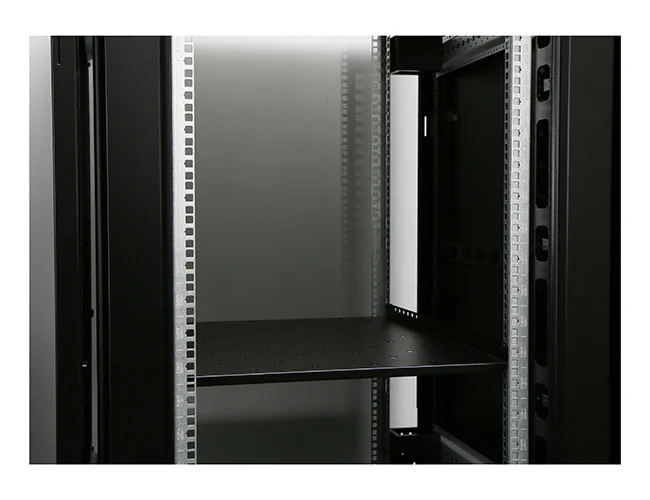News
Site Editor
 Site
https://leonetworkgroup.usa18.wondercdn.com/uploads/image/5fe152faa587d.png
Installing a patch panel is an essential component in setting up a computer network infrastructure. Patch panels organize and consolidate multiple network cable connections into one location, making it easier for technicians to manage and maintain the network.Here is a step-by-step guide on how to install a patch panel:Step 1: Gather Equipment and ToolsFirst and foremost, before installing a patch
Site
https://leonetworkgroup.usa18.wondercdn.com/uploads/image/5fe152faa587d.png
Installing a patch panel is an essential component in setting up a computer network infrastructure. Patch panels organize and consolidate multiple network cable connections into one location, making it easier for technicians to manage and maintain the network.Here is a step-by-step guide on how to install a patch panel:Step 1: Gather Equipment and ToolsFirst and foremost, before installing a patch
How To Install A Patch Panel
Views: 782
Author: Site Editor
Publish Time: 2023-07-12
Origin: Site
Installing a patch panel is an essential component in setting up a computer network infrastructure. Patch panels organize and consolidate multiple network cable connections into one location, making it easier for technicians to manage and maintain the network.
Here is a step-by-step guide on how to install a patch panel:
Step 1: Gather Equipment and Tools
First and foremost, before installing a patch panel, make sure to gather the necessary equipment and tools. These are:
- Patch panel
- Ethernet cables
- Keystone Jacks (if needed)
- Screwdriver
- Label maker (optional)
Step 2: Determine the Location
Decide on the location of where to mount the patch panel. It must be in a safe and accessible place, ideally near the network equipment like routers, switches, or servers.
Step 3: Mount the Patch Panel
Using your screwdriver, mount the patch panel on the wall or rack. Make sure the patch panel is level and aligned correctly.
Step 4: Prepare the Cable
Strip about an inch of the outer jacket shielding from the network cable, using a cable stripper. Ensure you only expose enough wire to fit comfortably into the keystone jack.
Step 5: Install Keystone Jacks
Attach a Keystone jack to each network cable that will connect to the patch panel. Make sure to follow the manufacturer's instructions on how to correctly install the Keystone jacks.
Step 6: Punch down the Wires
Using a punch-down tool, punch the individual wires into their respective slots on the patch panel. Double-check that the wires are firmly secured in place.
Step 7: Test the Connections
Verify each patch panel port connection with a network cable tester. This will ensure that the wiring is correct and signals can pass through the connection.
Step 8: Label and Manage the Cables
Label the cables and their corresponding ports on the patch panel for easy identification and connection management. You may also need to use zip ties or cable clips to organize and tidy up the cables.
In summary, whether you're setting up a home or office network, installing a patch panel is a vital step in ensuring reliable and efficient network connectivity. Follow these steps carefully to ensure a smooth installation and operation of your network patch panel.
If you want to know more about industrial network cabinet,china fiber optic splice closure,china fiber optic distribution box,please consult the fiber optic splice closure factory









